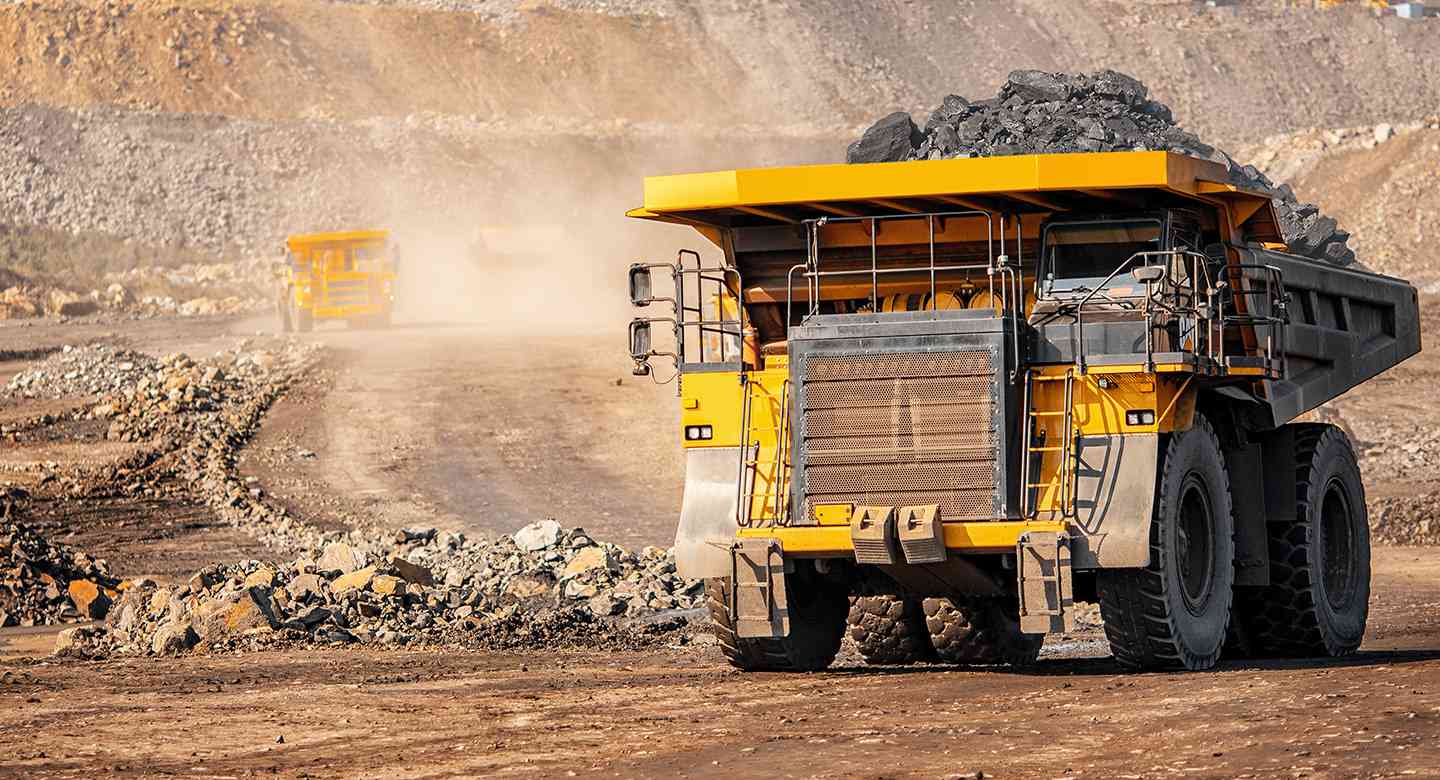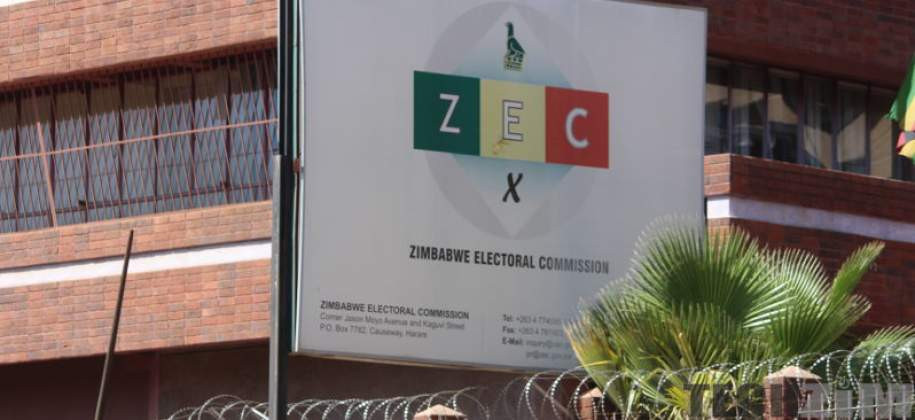
For a nation that is saying it ought to migrate from being a largely agrarian economy to one that is poised to be propped by mining, the almost radio silence amongst major stakeholders in the wake of the publishing of the new Mines Bill, which may become law, is a tad unsettling to say the absolute least.
Indeed, the last few years have seen government preaching ceaselessly that come 2030, Zimbabwe shall become an upper middle-income economy, buoyed by a US$12 billion contribution to the economy from mining alone.
This is not an Alice in Wonderland target on paper. The nation has significant mining resources, not least of which is one of the world’s largest platinum deposit whose resource cherry happens to be high grade chromium ores.
Teeming with gold, diamonds, chrome, iron ore, coal and lithium amongst other minerals in her bosom, Zimbabwe has a lot going for her.
And with significant surge in growth of the sector from 2017’s US$2,9 billion to US$9,77 billion in 2023 if numbers being doled around are to be believed, then certainly that feat is within reach.
One of the key issues raised around the challenges facing Zimbabwe’s mining sector has always been a harping on about how the existing law, short titled the Mines and Minerals Act, has not been fit for purpose owing to it being outdated.
Those pushing that narrative may be right; the current Act was crafted in 1961 from whence it has been chiseled and cobbled one amendment after another as all law should be in tune with the changing demands as the sands of time trickle through the hourglass.
To the listener’s dismay, many who have put forward this argument have grossly diminished the standing of the law, whilst not pointing out what specifics of the law itself were, or are, antiquated or fit for purpose and therefore need to be remedied. After all, the aging of a law in itself is not reason enough to call it out of touch.
- Mavhunga puts DeMbare into Chibuku quarterfinals
- Bulls to charge into Zimbabwe gold stocks
- Ndiraya concerned as goals dry up
- Letters: How solar power is transforming African farms
Keep Reading
To say the law was crafted a long time ago in itself speaks nothing of where it now falls short in today’s world. Surely the Mosaic law, incorporating such statues as “Thou shalt not kill” leave the Mines and Minerals Act looking like a wet behind the ears newborn in comparison, but are by no means out of sync in the new world.
The introduction of the proposed Bill was therefore a time for those critics to crawl from behind the woodwork and point out where the old law needed reform and whether the new proposed law atones for the inefficiencies. Alas-silence!
Normally, one would have expected the leaders in the craft, stakeholders like legal minds, mining guilds, journalists to have started interpreting the law into bite-sized chunks for the ordinary man to understand. By now we would have heard preliminary analyses spelling out where the Bill is solid and where it is foul.
In a country where the lay man in terms of understanding the law is no longer a beneficiary of mining but also an active player with the growth of small-scale miners, breaking the law down and its pros and cons is not a privilege but an absolute must.
Perhaps even ahead of the stakeholder consultations there is need to analyse the government mining policy. What is the policy? Is there a white paper to the effect of where government policy lies? Policy and not rhetoric and buzzwords. Policy that should be the soul. The ghost which ought to come before the law and thus become the ghost in the machine. One that instructs the crafting of the law in the first place.
It is also important to know from whence the Bill comes. The stakeholder consultations in crafting the Bill. There is a disconnect somewhere.
One minute the government was contemplating a new Act and the next a Bill has been tabled. An immaculate conception of law if ever there was one! And why is it important that we know this roadmap? Ordinarily some may care less.
However, given the fact that this is the second such immaculate conception on a proposed Act, the previous one being turned down by President Emmerson Mnangagwa in 2022, the object would be to try and make sure we do not repeat the same mistakes in the crafting of law that ultimately leads to the principal giving it the thumbs down.
After all, that would be a spiral. A repetition. And thus insanity. Which by Einstein’s definition would be doing the same thing over and over again and expecting the same outcome. Never mind it being both costly and time consuming.
More into the heart of the new Bill and what it must address. We must look into what the old law failed to remedy. And quite a handful of issues come to mind.
Alarmingly, a cursory and lay look at the law sees that it is eerily similar to the discarded foetus of 2022-but that is the subject best addressed another day after further and deeper autopsy with sharper legal tools. Lest there be a mess. For there, indeed, will be blood as is the case with any deep look into facts.
The previous law did not provide for a cadastral system shifting to a digital system as opposed to the beacon system. Does the new law address this without leaving no loopholes as the system should ensure that pegging procedures based on the outdated beacon system aren’t preserved?
Does the law whet the appetite of foreign direct investors? For the record there are unresolved arbitration awards totaling US$93 million held by Amarai Nickel and Amaplat Mauritius Ltd.
These stem from the Government of Zimbabwe’s unilateral cancellation of a platinum and nickel joint venture with ZMDC, leaving investors all at sea. With the companies enforcing the award in various countries, that smudge is ugly for the nation and the new law has to
ensure this does not happen going into the future.
Therefore, will the new Mines Bill feed the creation of an investment environment needed to attract FDI? This can only happen if we have a policy with coherent realistic policy.
What gaps are in the current Act, and have they been remedied?
Will traction finally come in the frozen out and uncertain world of exploration? It is well and fine to celebrate the boring into the ground by small scale artisanal miners but with existing mines poised to run the course of their lives and it taking an average length of 25 years to discover and construct new mines; going by Jeffries Investment Bank figures, are we doing enough to support exploration?
While we are gifted with abundant resources, our neighbours are ramping up exploration and we have to compete with them in the discovery and development and construction of new mines or risk being the proverbial ghost town.
Several questions arise from surface rights to CSR, and all these have to be analysed and broken down expertly by legal minds. The enacting of the Bill into law cannot and should not be rushed and rammed through.
The law should go through the furnace and be purified. For what use will it be to remove the organ grinder and replace him with the monkey?
There is a lot that ought to be said. And there is a lot indeed we shall say.











